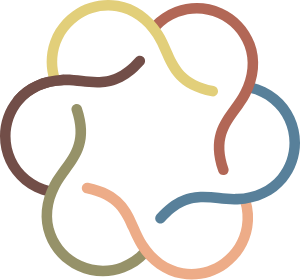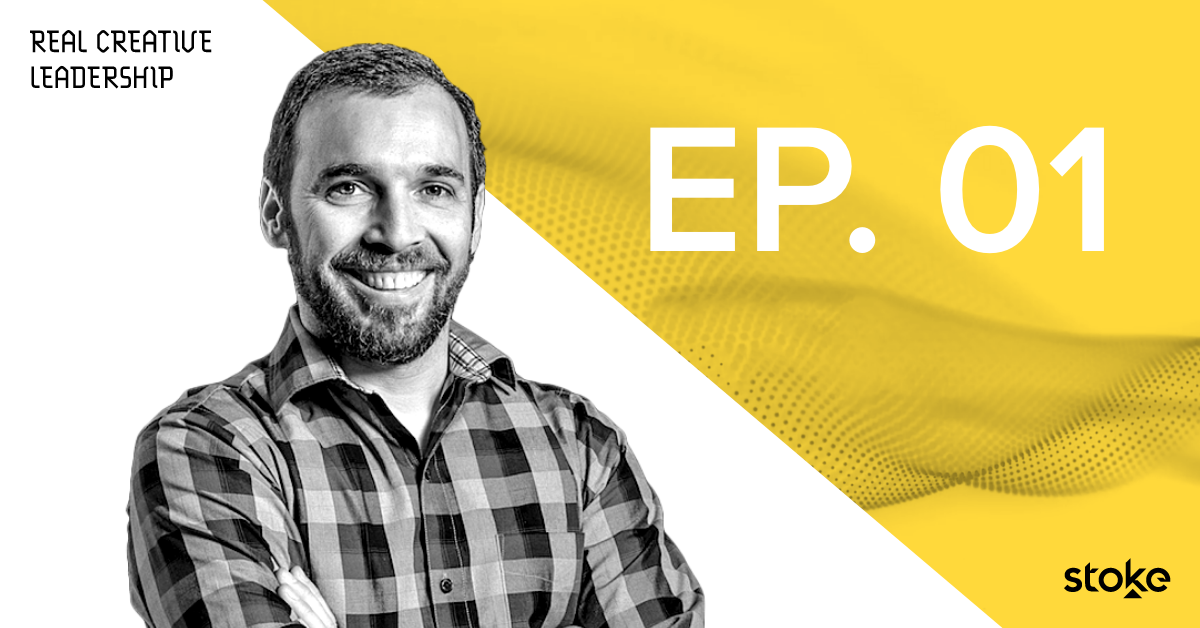Article Highlights:
We’re growing real creative leadership in our new webinar series hosted by Executive Creative Director at Adobe, Adam Morgan. In this article you’ll learn…
- The purpose of the Real Creative Leadership podcast
- How data and creativity can work together
- The different types of data available to creative leaders
- The difference between data and insights (and how to use both)
- How to get a free copy of Adam Morgan’s book Sorry Spock, Emotions Drive Business
Stoke launched a new webinar series centered on understanding and developing creative leadership. Our host is Adam Morgan, executive creative director at Adobe and author of the book Sorry Spock, Emotions Drive Business.
“If you look around the web today, there’s a ton of inspiration on the craft of design, the craft of writing, the craft of doing the actual work. But there isn’t a lot out there on creative leadership, especially for creative directors who are moving up in their career and getting to a point where they need to work with upper management and the C-suite, or build a team,” Adam says.
The series, Real Creative Leadership, will pull from Adam’s 23 years of experience working in both the agency and tech company space to offer insight into the realities of being a creative director or leader. It will explore the role of creative leadership and how creative directors can bring together the structures, processes, and policies that will foster good ideas. Building the right infrastructure requires not just an interest in and an aptitude for creativity, but a practical knowledge of what businesses need.
The first episode focuses on the importance of data when making creative decisions. There’s an old-school mentality that data and creativity don’t mesh, but, as Adam explains, creative directors excel when they learn how to balance science and art.
How data and creativity can work together
Data and creativity are not mutually exclusive. Data shouldn’t be viewed as something holding you back, but as inspiration. And creativity doesn’t come out of nowhere — it has to come from a foundation of rational thought, which is where data comes in.
There are three steps you can take to use data to improve your creativity.
First, use data to get to know your customer. Instead of just using data to measure results, you can use data to understand who your customer is and what they need. The key is to find the human data that helps you know your audience and the emotional reasons behind behaviors.
Second, use those insights to take action. It’s not just about coming up with ideas — it’s about finding what your audience cares about and wrapping that in emotion. Launching a campaign that’s rooted in data will help you get great results.
Third, measure and adjust. Use your data to make marginal improvements on your creative ideas. You can evaluate how well your content is resonating with your audience and make slight adjustments.
The different types of data
Since creative directors aren’t data scientists, there are always questions about what different types of data are used for, and how they differ. The three main types of data used to make creative decisions are demographic data, psychographic data, and behavioral data.
Demographic data is basic information about a person, like their age, salary, and location. If you buy lists from third-party vendors, it will usually be demographic data. These aren’t insights, though. Psychographic data is a lot more important, because it tells you more about the values, interests, and personality of your audience. This information might come from surveys, your CRM data, conversations your sales team have with customers, or second-party data.
While both demographic and psychographic data help with the process of getting to know a customer, they can’t tell you everything. The third type of data, behavioral data, adds more to the picture. Behavioral data shows what the customer cares about at any given moment. It indicates what they’re responding to right now. Using real-time, behavioral data lets you deliver personalized content when and where the customer needs it.
Data vs. insights
Gathering the data is the first step, but it’s meaningless unless you understand the human insight it’s revealing. To come up with the best ideas, you need to figure out what the data is actually telling you about your customers.
For example, Dove gathered data showing that mothers of small children rarely have enough time for themselves. Using just the data, the company could think that the relevant content would revolve around methods to help moms save time. But that doesn’t actually address the need indicated by the data. Looking deeper, the insight is saying that being a mom is so absorbing that most women lose sight of who they are as a person. It’s like they forget who they are, and they put all the focus on their kids. So, content about self-care would be more effective.
Finding insights in the data isn’t easy. Neither is getting your team to understand the difference between data and insights. As a creative leader, your role is to embrace the data, understand the different types of data, and use insights from the data to inspire creative ideas. Many creative people already intuitively put themselves in their audiences’ shoes to come up with ideas that resonate. Adding data to the equation just helps you narrow your focus.
Click here to request a free copy of Adam Morgan’s new book Sorry Spock, Emotions Drive Business.
Check back soon for more updates on the next episode of Real Creative Leadership, and explore the latest in industry thought-leadership on the Stoke Blog.



